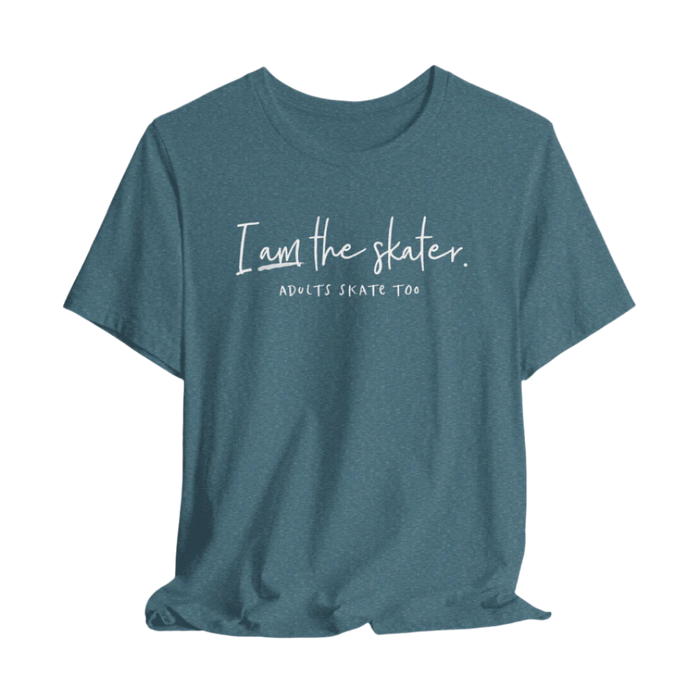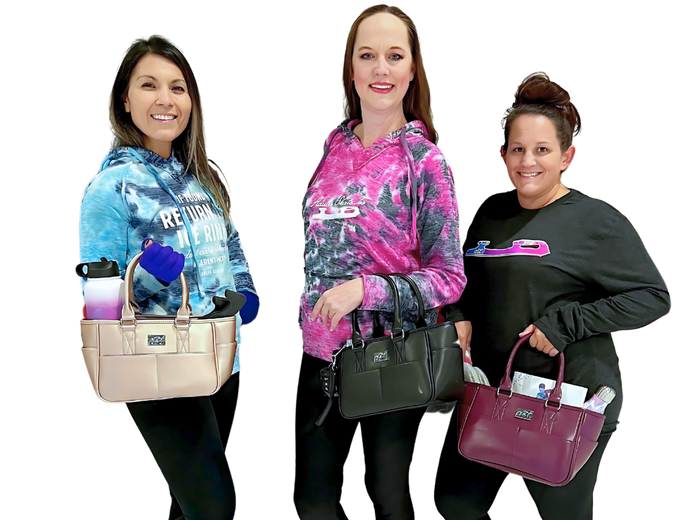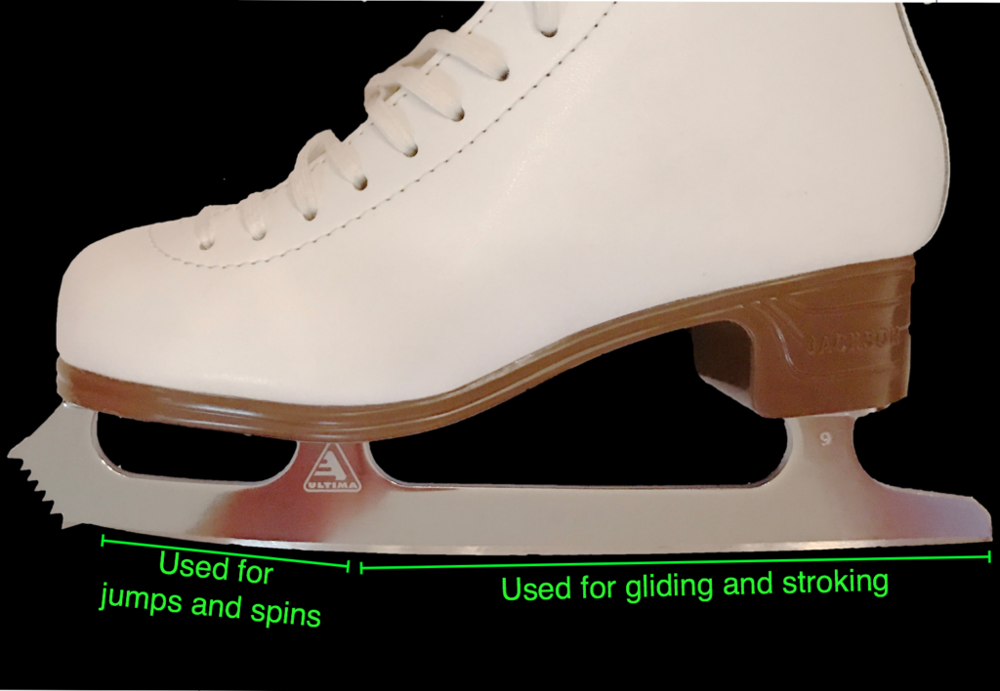Understanding Rockers — The Curve That Changes Everything
If you've ever tried a different blade and thought, “Whoa, why does this feel completely different?” — you're not alone. One of the biggest factors that affects how a blade feels on the ice is something called the rocker.
Let’s dive into what it means — and how different blades use different rocker sizes in totally different ways.
What Is a Blade Rocker?
The rocker is the subtle curve on the bottom of your figure skating blade. Most freestyle blades use either an 8-foot or 7-foot rocker — meaning the blade’s curve follows a portion of a giant 8-foot or 7-foot circle. This curve determines how easily you can shift your weight, spin, turn, and control your edges.
What’s the Difference Between 8-Foot and 7-Foot Rockers?
8-Foot Rocker
- More gradual curve
- Offers more blade contact with the ice
- Feels more stable — especially during jumps and landings
- Common on blades like John Wilson Pattern 99, Gold Seal, and Ultima Legacy
- Ideal for: Freestyle skaters working on jumps, stability, and general balance
7-Foot Rocker
- Tighter curve, more pronounced arc
- Smaller contact area = quicker turns and more agile footwork
- Requires more precision and control — slightly less forgiving
- Common in dance and synchronized skating blades (e.g. MK Dance, John Wilson Coronation Dance)
- Ideal for: Ice dancers, advanced skaters working on deep edges, and quick transitions
In general: 7-foot rockers = more nimble, 8-foot rockers = more stable. Neither is “better” — it all depends on your goals and what you’re training for.
Blade Comparison: Pattern 99 vs. Gold Seal

Pattern 99
- (Comparable to Ultima Elite)
- 8-foot rocker
- 27” of rockered area — more blade contact = more control on landings
- Larger bottom toe picks = more grip for aggressive jumps
- Ideal for: Freestyle skaters doing double/triple jumps and needing strong takeoff stability
Gold Seal
- (Comparable to Ultima Supreme)
- 8-foot rocker
- 12” of rockered area — quicker transitions, easier turning
- Smaller bottom picks = less drag, faster spins
- Ideal for: Skaters focused on spins, edge quality, and control in footwork
How to Choose the Right Rocker for You
- Working on jumps? You might prefer the added stability of an 8-foot rocker.
- Focused on spins or edge work? A tighter rocker (like Gold Seal or a 7-foot blade) may help you maneuver more precisely.
- Just getting started? Consider a more forgiving 8-foot rocker and consult with your coach or a skate tech.
More Gear Knowledge, Right This Way
We’re building out a full Figure Skating Equipment Glossary just for adult skaters — and it’s live on the AST site now! It’s still a work in progress, but we’ve already added dozens of new entries about boots, blades, blade profiles, and more.
Plus, our skater-friendly guides are packed with tips to help you understand your gear, shop smarter, and feel more confident lacing up.
TL;DR? The Rocker Affects Everything
- Pick the right blade for your skating style
- Break in your new gear faster
- Know what to expect when switching blades
Because at the end of the day, it’s not just about how a blade looks — it’s about how it feels under your feet and supports your goals. 💙
Have questions? Join the convo in our AST Facebook Group and ask away!
Explore Our Collections
-

Apparel
From cozy hoodies to performance tops, find the perfect gear to show off your skating pride.
-

Totes & Accessories
Discover skating rink side totes, water bottles, and other essentials to complement your skating journey.
-

Exclusive Merch
Stand out with unique designs that celebrate the adult skating community.




